Today I thought I’d take a break from all the doom-and-gloom, we’re-all-about-to-die stories and write about something positive – Mind Maps. If you, your family and children and people you work with�regularly use Mind Maps, then there’s no need to read any further. But if you don’t use them, then please read on.
The problem Often when�given a task – making a presentation, writing an essay, doing a project, writing an article or book, organising a meeting or conference, developing a plan, dreaming up a new marketing approach, producing a sales brochure�- many people struggle to find sufficient things to talk/write about. This is partly because we think in a linear fashion. So, we’ll jot down a few ideas then start to dry up.
The solution – Mind Maps These help us break our pattern of linear thinking and generate a huge number of ideas in just 5 to 10 minutes. I tend to use them when planning a book or when preparing a talk. They’re particularly effective for school children and students. If some of your brood are ever�agonising over what to write for an essay or your team at work are having difficulty with some task or other – help them do a�Mind Map and you’ll usually be surprised at how quickly the Mind Map sets their thoughts free. I wish I’d been taught how to do Mind Maps when I was at school and university.
How to do a Mind Map They’re very simple. You just write the subject of the task in the centre of a piece of paper or flip chart then start drawing branches as ideas occur to you. Then each branch will tend to lead to other sub-branches and these will in their turn lead to sub-sub-branches and so on. Here’s an example I found on Google (click to see more clearly)
So, if was giving a talk about say “Money”, I’d write “Money” in the centre of the page then some of my primary branches would be things like banks, savings, pensions, annuities etc. Each of these would lead to sub-branches, for example “pensions” might lead to SIPPs, charges, state pension, retirement etc. And each of these would lead to sub-sub-branches.
And here’s a Mind Map looking at the possible uses of Mind Maps (click to see more clearly)

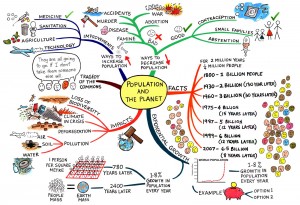
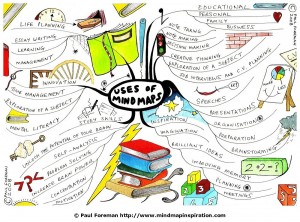
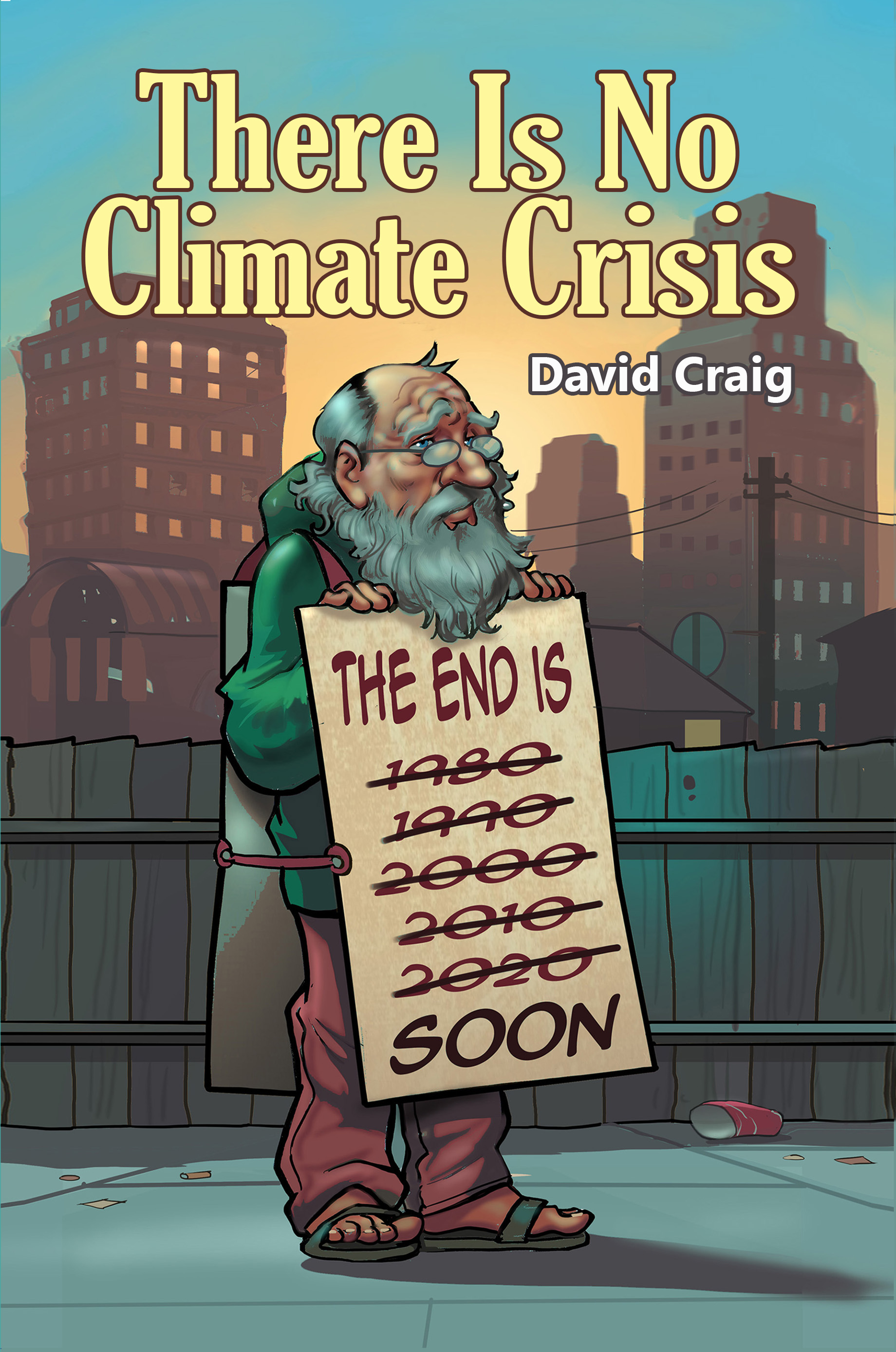

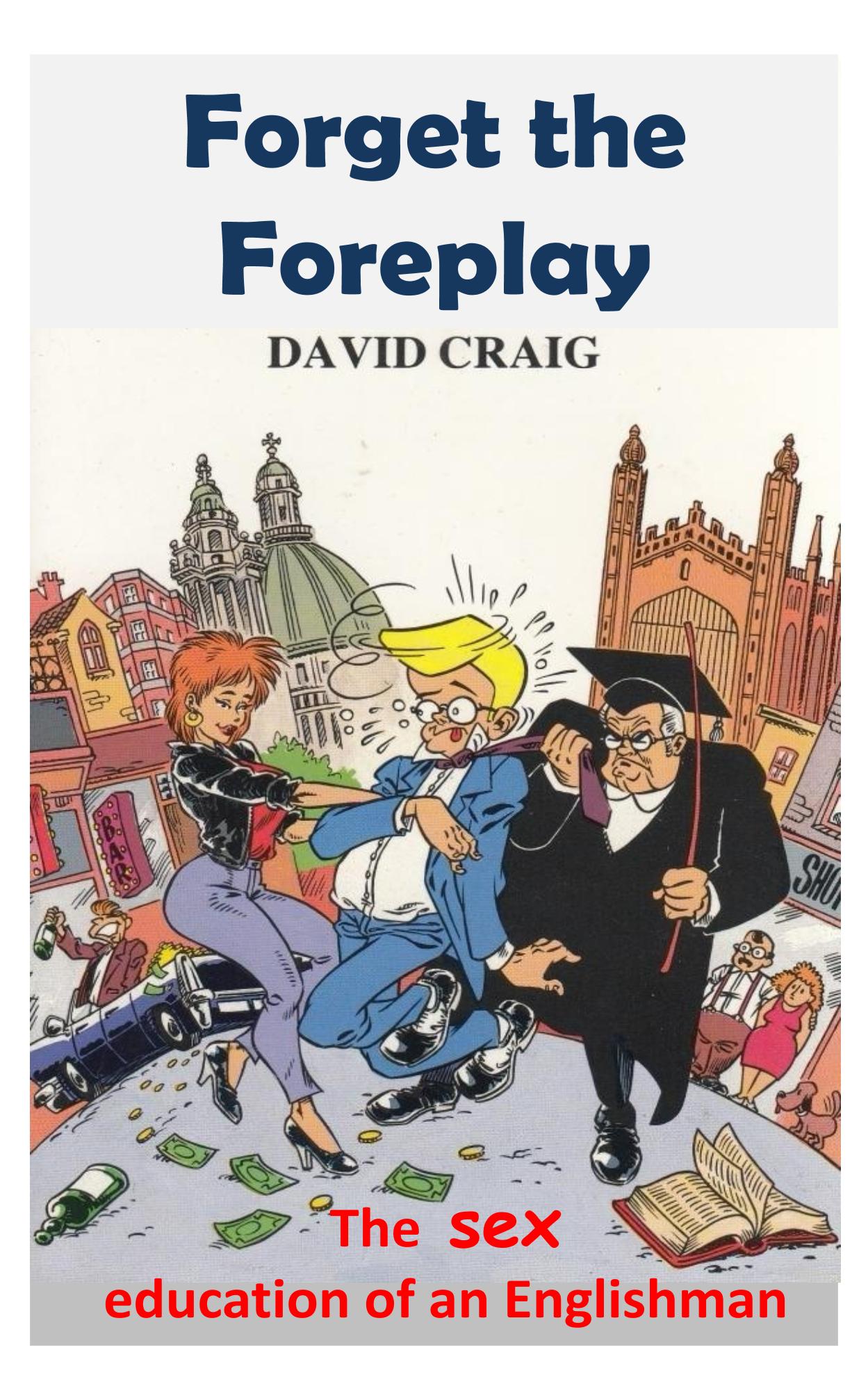



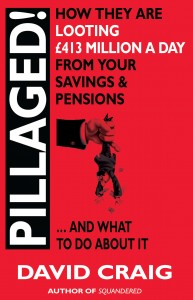






Leave a Reply